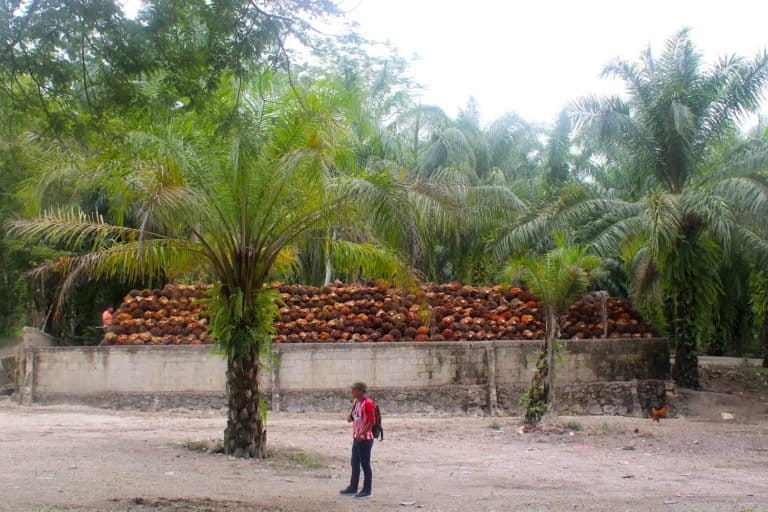Jaguarundis caught on camera in Peru, hydropower choking Colombia’s Cauca River, and Darwin’s foxes on the brink of extinction were among the recent top stories from our Spanish-language service, Mongabay Latam.
Caught on camera: Unexpected nightlife of jaguarundi in Peru
They were following spectacled bears in northern Peru, but at night camera traps caught species they never expected: jaguarundi (Herpailurus yagouaroundi), lowland paca (Cuniculus paca), oncilla (Leopardus tigrinus) and the white-winged guan (Penelope albipennis). While archaeologists have found evidence that jaguarundis once inhabited the region thousands of years ago, they are rarely seen today. The Spectacled Bears Conservation Society placed the camera traps in the Laquipampa Wildlife Refuge to make the case for a wildlife corridor.

‘They are killing it’: Colombia’s Hidroituango dam diverts Cauca River
“It’s a river massacre; they are killing it,” said Isabel Cristina Zuleta, leader of the Living Rivers Movement of Antioquia, about the latest river diversion from construction of the Hidroituango dam, Colombia’s largest hydropower project. Communities downstream of the project believe the company’s decision to close a gate ahead of schedule will kill more fish and erode river banks. “The company doesn’t care about us, never mind the river or wildlife species. It is horrible what the authorities are allowing it to do,” Zuleta said.

Boom to Bust: Promise of palm oil profits leaves Chiapas thirsty and hungry
The palm oil boom in Chiapas, Mexico, didn’t last long. While impoverished communities first welcomed the first plantations, now they live in drought and hunger. One researcher described famine conditions among some 4,800 villagers, most of them Tseltal and Chol indigenous peoples, due to the receding water table and declining food harvests as a result of oil palm expansion.

End of the evolutionary line for Darwin’s fox in southern Chile
Hunting, disease and habitat loss have left only 700 Darwin’s foxes (Lycalopex fulvipes) in the south of Chile. The fox, listed as endangered and a genetic cousin to the wolf and domesticated dog, belongs to three fox species that inhabit Chile, including the South American gray fox (L. griseus) and the culpeo (L. culpaeus). While it once spanned the entire southern coast, it is now found in just two reserves.

Forest plantations blamed for massive fires in southern Chile
Chile’s southern Araucanía region has registered 521 fires that destroyed more than 78 square kilometers (30 square miles) of forest. The last major fire season, in 2017, saw the worst destruction the country had ever seen, with the loss of 4,670 square kilometers (1,803 square miles), principally in the Biobío and Maule regions. Some researchers point to the impact of eucalyptus and pine plantations for the timber and pulpwood industries as prime culprits.

Read these stories in their entirety in Spanish here at Mongabay Latam.
